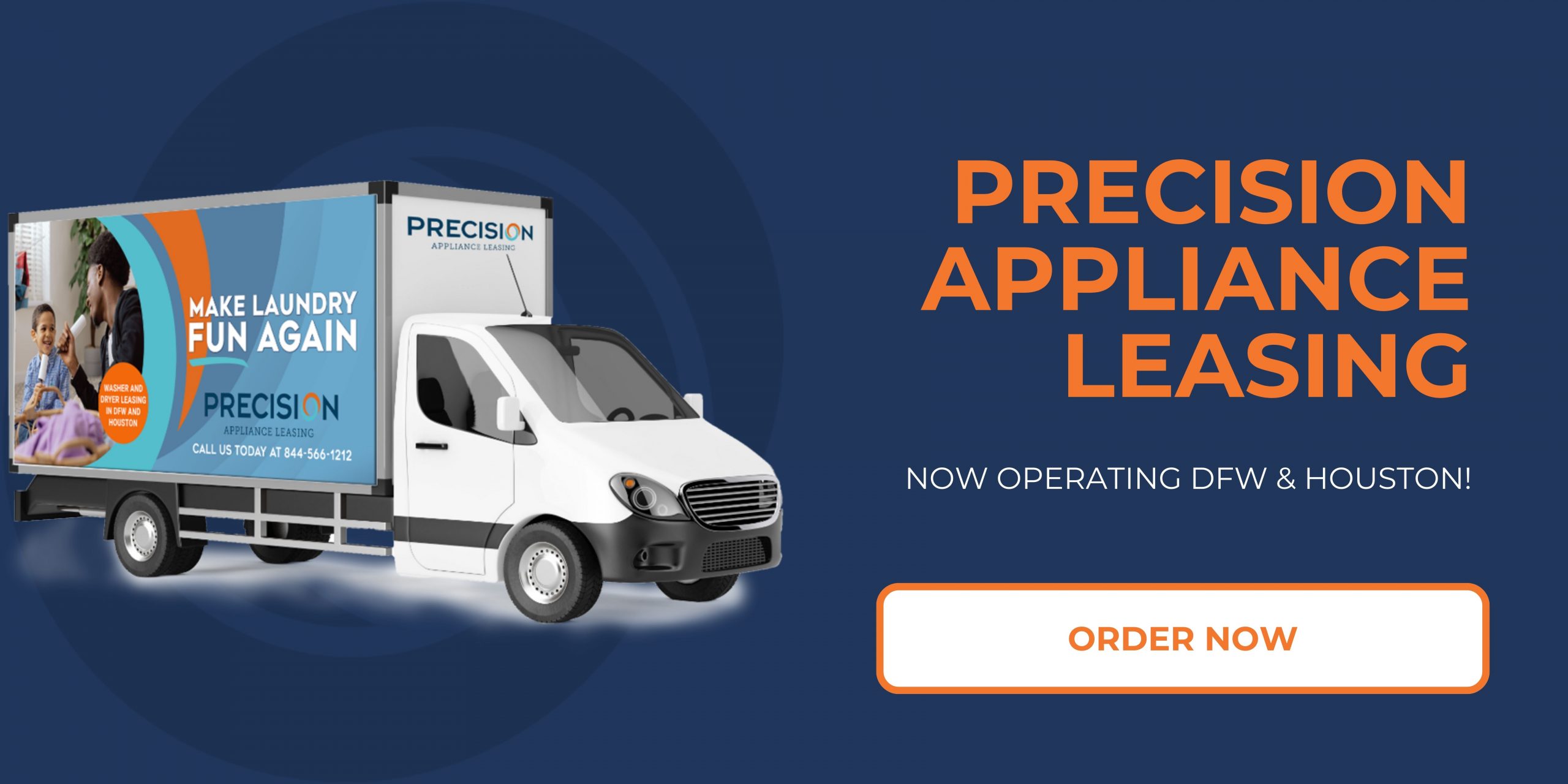What’s the Process for Returning a Leased Appliance?
Leasing appliances has become a popular choice for many households and businesses seeking flexibility and convenience without the long-term commitment of purchasing. Whether it’s a refrigerator, washer, dryer, or other equipment, leasing provides an appealing alternative, allowing users to enjoy the latest technology while avoiding hefty upfront costs. However, eventually, the time comes when the lease period ends, or the need for the appliance changes, prompting a crucial question: what’s the process for returning a leased appliance? Understanding this process is essential for lessees to avoid potential pitfalls and ensure a smooth transition at the end of their lease term.
Returning a leased appliance involves several key steps that require careful attention to detail. From understanding the specific terms outlined in the lease agreement to preparing the appliance for return, each step is vital to preventing unnecessary fees and ensuring compliance with the leasing company’s policies. Furthermore, assessing the condition of the returned item plays a significant role in determining any potential charges that may arise for damages or excessive wear and tear. As such, both novice and experienced lessees should familiarize themselves with the standard procedures and best practices to ensure a hassle-free return process.
In this article, we will explore the various facets of returning leased appliances, including the importance of reviewing the lease agreement, preparing the appliance for its return, and effectively communicating with the leasing company. By equipping yourself with this knowledge, you’ll not only enhance your leasing experience but also navigate the conclusion of your lease with confidence. Whether you’re transitioning to a different appliance or simply closing out your lease, understanding the return process can save you time, money, and headaches, allowing you to focus on your next steps with ease.
Review of Lease Agreement Terms
When it comes to returning a leased appliance, the first crucial step is to thoroughly review the lease agreement terms. This document outlines all the conditions and stipulations associated with the lease, setting the framework for both the lessee (the person who leased the appliance) and the lessor (the leasing company). The agreement typically includes details such as the duration of the lease, maintenance responsibilities, and terms for termination or return of the appliance.
Understanding the specifics of the lease terms is essential because it helps the lessee comply with any requirements set forth by the leasing company. For instance, the lease may specify how and when the appliance should be returned, what conditions it must be in to avoid extra fees, and any processes that must be followed to complete the return. If the lessee does not adhere to these guidelines, they could face penalties that might include additional charges or a diminished return value.
In addition, the lease agreement may stipulate the rights and responsibilities related to maintenance and repairs. Lessees are usually accountable for minor wear and tear, while major repairs might be covered by the leasing company. Failing to fulfill these responsibilities could impact the condition assessment of the appliance upon return. Therefore, scrutinizing the lease agreement not only helps in planning the return of the appliance but also ensures that the lessee does not inadvertently incur unnecessary costs.
In short, a comprehensive review of the lease agreement terms is the vital first step in the process of returning a leased appliance. It provides clear guidance on what is expected during the return process and helps to avoid misunderstandings that could lead to financial repercussions or disputes with the leasing company.
Condition Requirements for Return
When it comes to returning a leased appliance, condition requirements play a crucial role in ensuring a smooth process. Typically, leasing companies expect that returned appliances meet certain conditions to avoid additional fees or penalties. These conditions are often outlined in the lease agreement, so it’s important to refer to that document first. Generally, the appliance should be clean, free from major damage, and in good working order.
Before returning the appliance, lessees should conduct a thorough inspection. This evaluation should cover both cosmetic and functional aspects. For instance, ensure all surfaces are clean, without stains or dirt accumulation, as well as confirm that the appliance operates as intended—meaning all buttons, settings, and features must function properly. If there are minor, unavoidable flaws like small scratches or wear from regular use, most leasing companies will accept these as reasonable wear and tear, but significant damage such as dents, missing parts, or any functional issues may incur repair costs or replacement fees.
To avoid surprises during the return process, lessees should take the time to document the appliance’s condition before it is returned. This documentation can be valuable evidence in case any disputes arise regarding the condition of the appliance during the return inspection. Taking photographs and keeping records of any previous maintenance or repairs can also aid in providing context to the leasing company during the assessment.
In conclusion, understanding and adhering to the condition requirements for returning a leased appliance is essential for a hassle-free experience. By ensuring that the appliance is clean, functional, and in reasonable condition, lessees can help facilitate a smooth return process and mitigate potential fees. Preparation and clarity regarding the expected conditions can save both time and money, making the return process straightforward and uncomplicated.
Return Process Steps
Returning a leased appliance involves a series of steps designed to ensure that both the lessor and lessee fulfill their obligations under the lease agreement. The process typically begins with notifying the leasing company of your intent to return the appliance. It is essential to check the lease agreement for any specific requirements regarding notification, as some companies may require you to provide advance notice before the scheduled return date.
Once you’ve notified the leasing company, they may provide instructions on how to prepare the appliance for return. This preparation usually includes cleaning the appliance thoroughly to meet the condition requirements outlined in the lease agreement. It might be worthwhile to keep a record of any maintenance or repairs that were completed during the lease to demonstrate that the appliance was well taken care of.
After preparing the appliance, you will need to schedule a pickup or drop-off. Some leasing companies offer the option of having the appliance picked up from your location, while others may require you to return it to a designated drop-off location. If you choose to return the appliance yourself, make sure you have all the necessary paperwork with you, including any receipts or documents received during the leasing period to confirm the return.
It is also crucial to conduct a final check of the appliance to ensure that it meets the return condition standards outlined in your lease. After returning the appliance, keep any confirmation or receipt you receive from the leasing company. This serves as proof of return and may be necessary to resolve any disputes regarding potential fees or charges for damages or late returns.
Potential Fees or Charges
When considering the return of a leased appliance, understanding the potential fees or charges associated with this process is crucial. Leasing agreements often stipulate specific conditions under which an appliance can be returned without incurring additional costs. These fees can vary widely depending on the leasing company and the terms of the agreement, but common charges include early termination fees, damage fees, excessive wear and tear fees, and cleaning fees. It is imperative for lessees to review their lease agreements thoroughly to identify any specific fees that may apply upon return.
Early termination fees can be significant if a lease is ended prior to its scheduled conclusion. This charge is intended to compensate the leasing company for the remaining monthly payments that are forfeited due to the early return. Additionally, if the appliance is returned with damage beyond normal usage, the lessee may be held accountable for repair costs. This is why maintaining the appliance in good condition throughout the lease is essential. Companies typically have clear definitions of what constitutes normal wear and tear, so it is beneficial to have this knowledge in advance.
Furthermore, there may be cleaning fees if the appliance is returned in a condition that requires professional cleaning. These fees can sometimes catch lessees off guard, as they may not have realized that cleanliness is a return condition specified in the partnership agreement. By being aware of these potential charges, lessees can take proactive steps to avoid unexpected costs and ensure a smooth return process.
In summary, understanding potential fees or charges related to the return of a leased appliance is an important aspect of leasing. By being knowledgeable about these fees and the conditions that lead to them, consumers can better plan for the return process and avoid unnecessary costs. Effective communication with the leasing company and adhering to the terms of the lease can significantly mitigate the risk of incurring additional charges.
Documentation and Inspection Procedures
When returning a leased appliance, proper documentation and inspection procedures are critical to ensure a smooth transition and to avoid any potential disputes. First, it’s essential to gather all relevant paperwork related to the lease. This includes the original lease agreement, receipts of any payments made, and any documents that may have been issued regarding maintenance or repairs during the lease period. Having this documentation readily available helps both the tenant and the leasing company to reference the terms under which the appliance was leased, including what conditions must be met upon its return.
The inspection procedures typically involve a thorough check of the appliance to ensure it is in good condition and meets the specifications outlined in the lease agreement. Before the return, the lessee should conduct their own inspection to identify any existing damages or issues with the appliance. This proactive measure allows the lessee to address any problems before the official inspection by the leasing company, which may help avoid additional fees or penalties. The inspection generally covers functionality, cleanliness, and any signs of wear and tear that could be considered beyond normal use.
After inspection, both parties should document the condition of the appliance through a checklist or an inspection form, which will be signed and dated by representatives of both the leasing company and the lessee. This form acts as evidence of the appliance’s condition at the time of return and can protect the lessee from being unfairly charged for damages they did not cause. It is advisable to keep a copy of this documentation for one’s own records. Overall, understanding and following the proper documentation and inspection procedures is crucial in ensuring a hassle-free return process for leased appliances.


